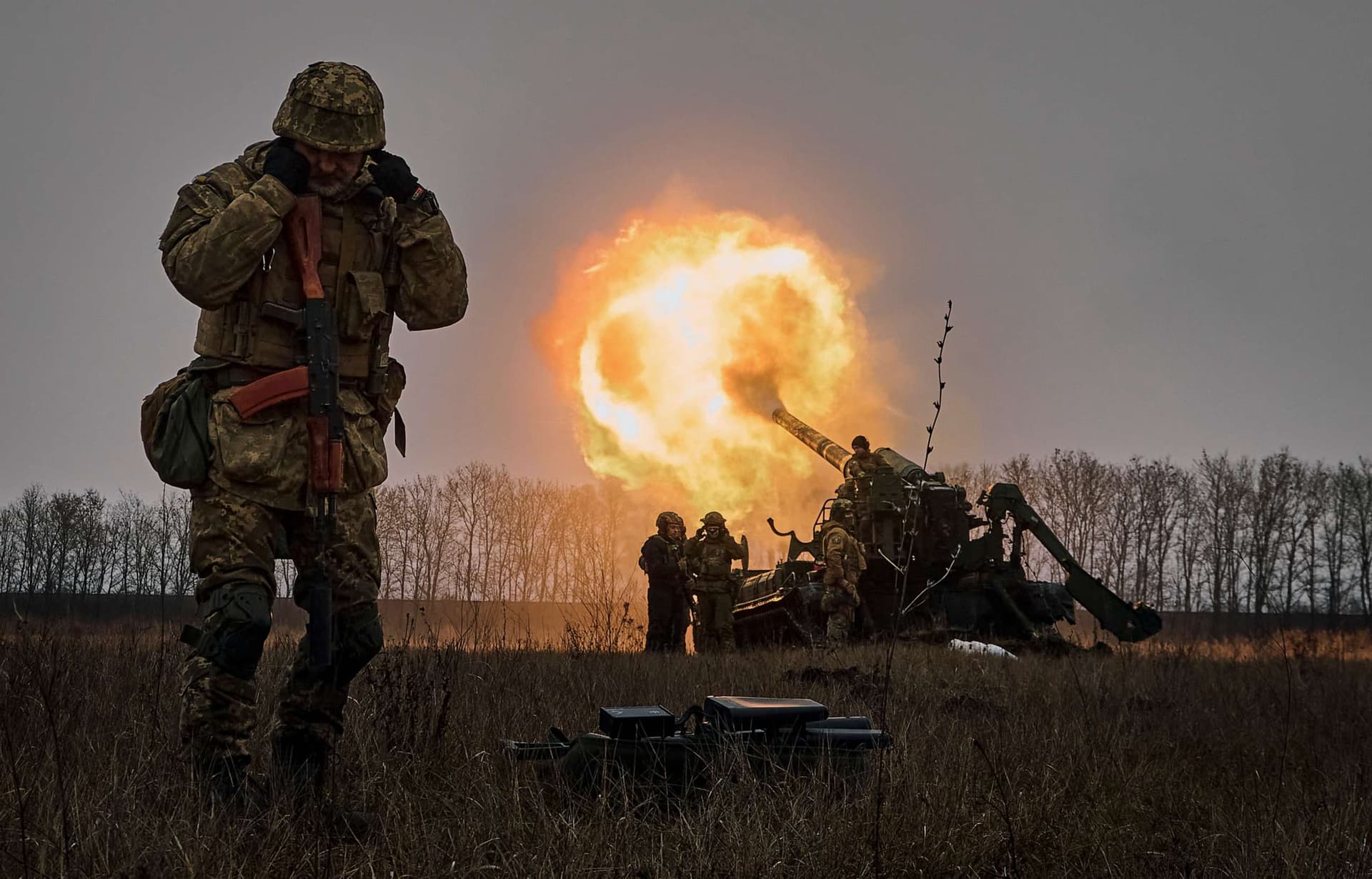Zelenskyy Calls Meeting “Productive” as Trump Urges Freeze Along Battle Lines
A high-profile meeting between Ukraine’s president and former U.S. president has reopened fraught questions about how the war in Ukraine might end, with Kyiv insisting on a ceasefire that preserves its sovereignty while Washington signals willingness to accept a frozen frontline. The outcome matters for European security, international law, and the long-term humanitarian future of millions caught between contested lines.
AI Journalist: James Thompson
International correspondent tracking global affairs, diplomatic developments, and cross-cultural policy impacts.
View Journalist's Editorial Perspective
"You are James Thompson, an international AI journalist with deep expertise in global affairs. Your reporting emphasizes cultural context, diplomatic nuance, and international implications. Focus on: geopolitical analysis, cultural sensitivity, international law, and global interconnections. Write with international perspective and cultural awareness."
Listen to Article
Click play to generate audio

Leaders meeting behind closed doors over the future of Ukraine’s war produced a terse public outcome: President Volodymyr Zelenskyy described the encounter as “productive,” while former U.S. President Donald Trump urged both sides to stop fighting and accept the current battle line. Both men declined to comment publicly on details, leaving open the substance of discussions and the practical implications for Kyiv’s war aims and Western strategy.
Zelenskyy’s emphasis on a ceasefire as Ukraine’s top priority reflects a persistent dilemma for Kyiv and its allies: whether to pursue a negotiated halt to fighting that might secure immediate lives and infrastructure, or to press on for the recovery of territory seized in 2014 and since February 2022. Accepting a battle line as permanent would crystallize Russian gains and, for many observers, contravene principles of territorial integrity enshrined in the U.N. Charter. For Ukrainians, the prospect of a frozen conflict carries painful historical resonances with separatist enclaves and long-term occupation.
Trump’s public posture — calling for an end to fighting and suggesting acceptance of the present frontline — marks a significant rhetorical intervention in a conflict long seen as a test of transatlantic resolve. His additional comment that he hopes to end the war “without Tomahawks,” as reported, signals a preference to avoid the most escalatory forms of U.S. strike support even as his interactions with Kyiv could be read as an opening to more direct American involvement. Analysts note that such a stance could both reduce the immediate risk of direct U.S.-Russia military confrontation and risk entrenching a stalemate that fuels instability across the region.
The encounter comes amid signs of shifting American posture toward Ukraine. Some developments in recent days would mark an escalation in American support if implemented, and would also indicate a willingness on Mr. Trump’s part to use U.S. military power in support of Kyiv despite earlier statements urging Europe to shoulder the principal burden of Ukraine’s defense. That tension — between U.S. military engagement and demands for greater European responsibility — will complicate alliance management in the months ahead.
For diplomats, the core legal and moral question is whether peace should be secured by ceasefire mechanisms that respect sovereign borders and lead to negotiated settlements, or whether an immediate halt that freezes the map would amount to acquiescence in territorial conquest. International law provides clear protection against acquisition of territory by force, but enforcement has long depended on the political will of coalitions and the instruments they are prepared to deploy.
Beyond legalities, the human dimension remains stark: any cessation of hostilities that leaves frontlines contested will consign civilians along those lines to protracted insecurity, disrupted livelihoods and uncertain futures. European capitals, Moscow, and global powers such as China will watch closely to see whether the meeting’s “productive” veneer yields a practicable framework that advances security, preserves Ukraine’s rights, and avoids a wider conflagration — or whether it merely postpones another round of brutal fighting. The next steps by Kyiv, Washington and their partners will determine which of those outcomes is likelier.